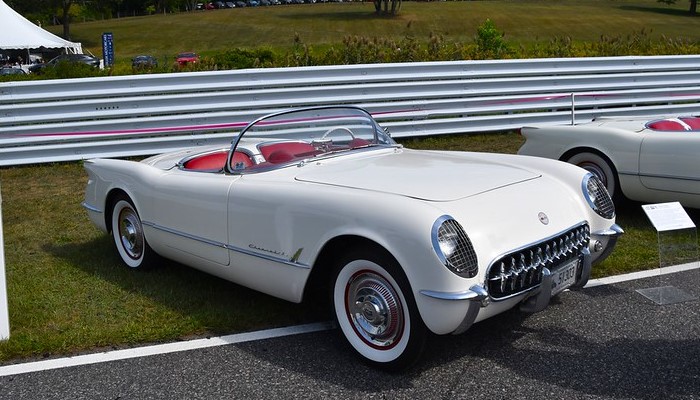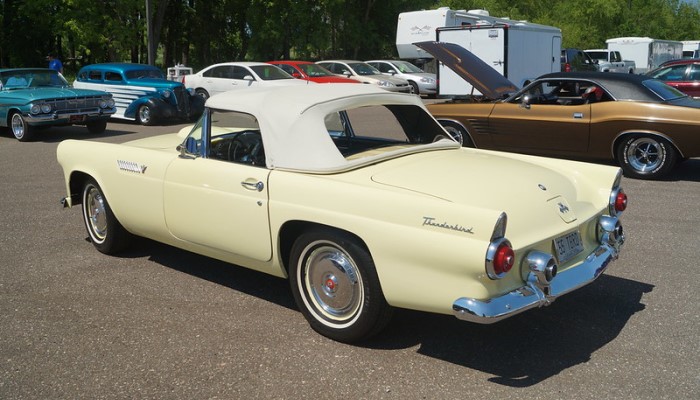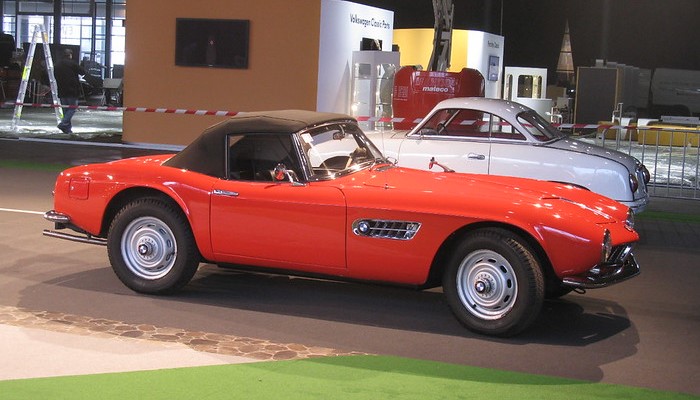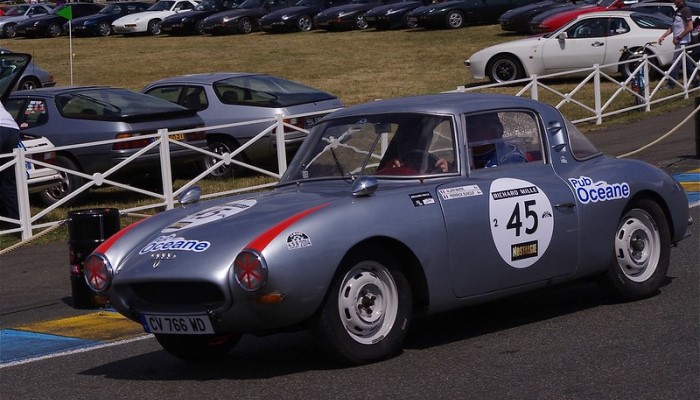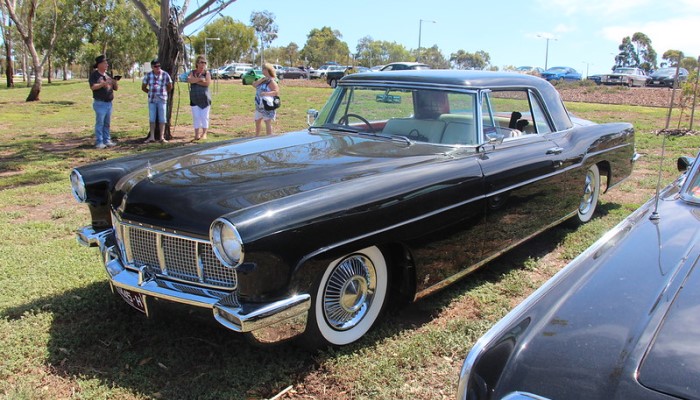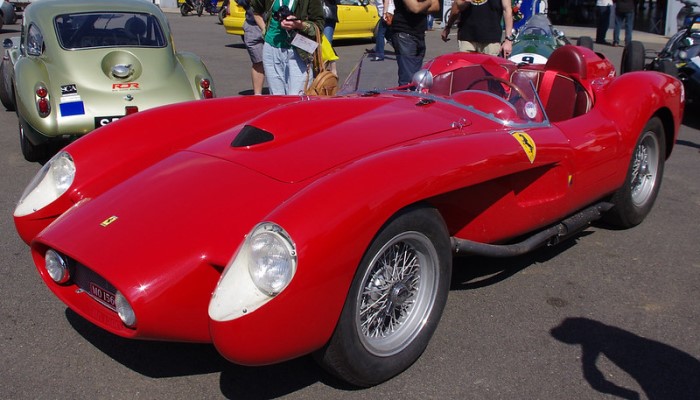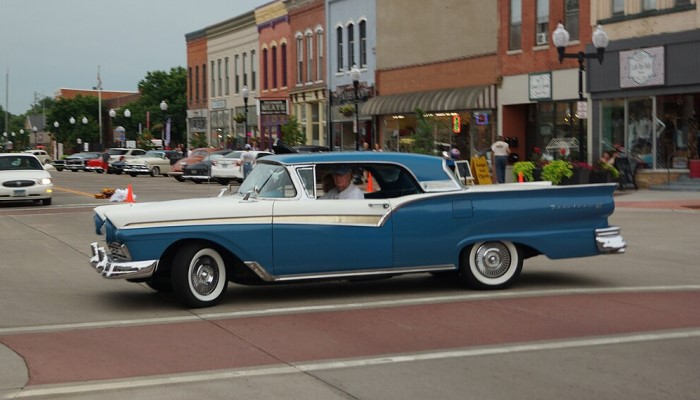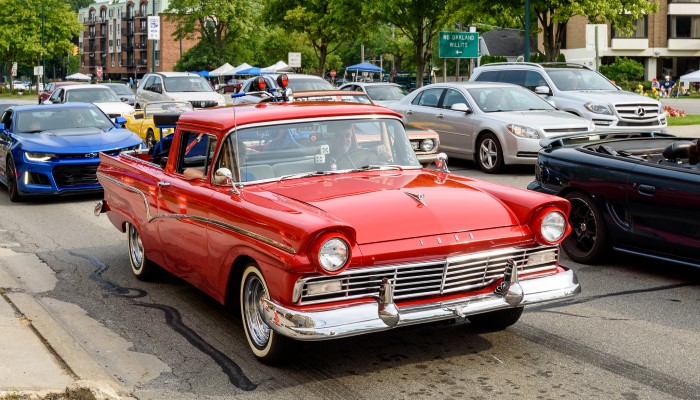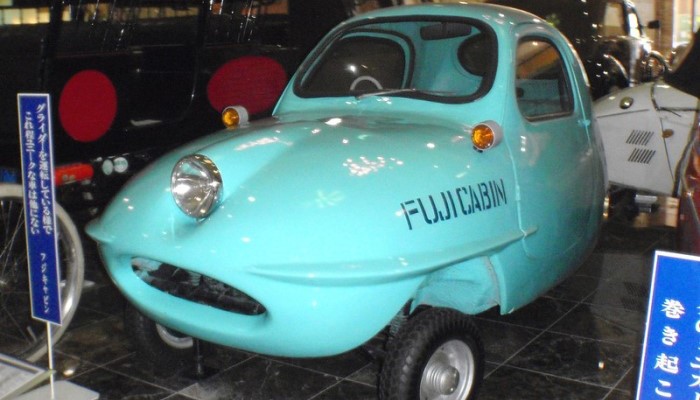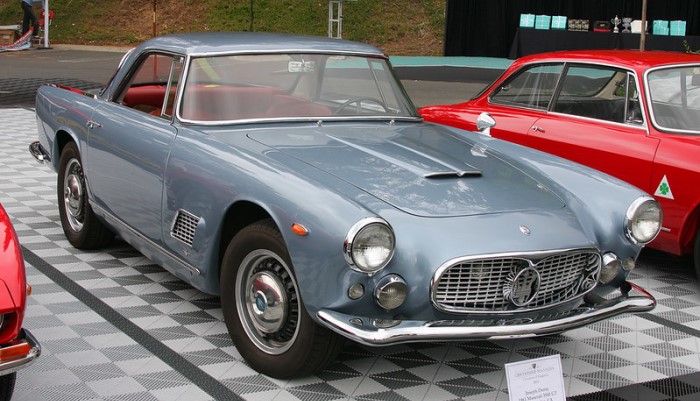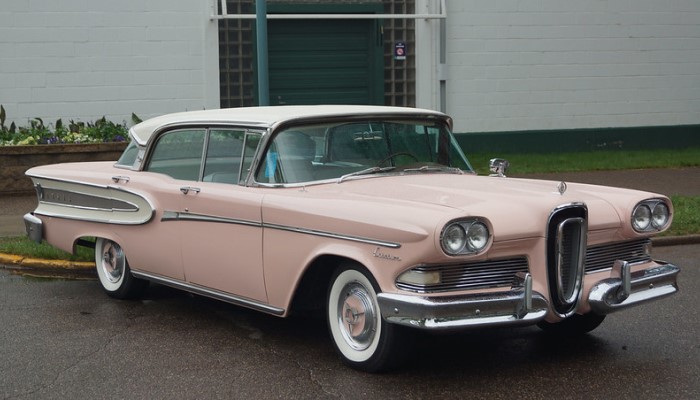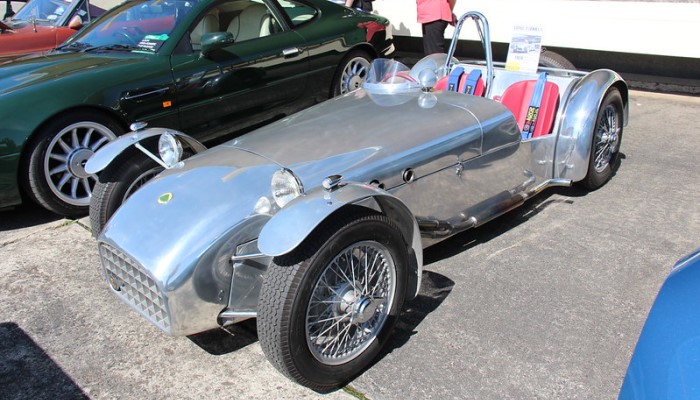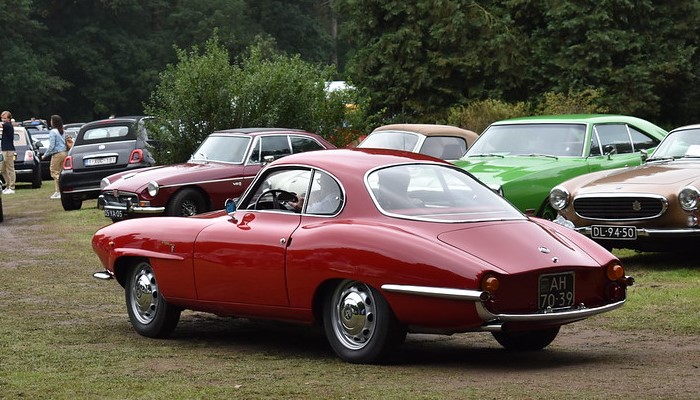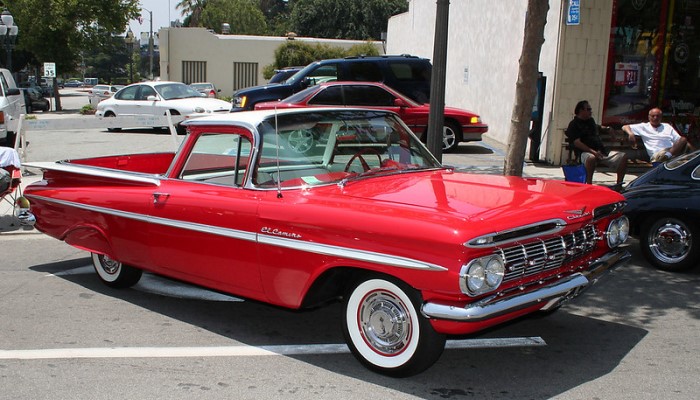Cars 1950s
In the bustling streets of the 1950s, cars were more than just transportation. They were symbols of freedom, status, and progress.
As the world recovered from the devastation of World War II, a surge of innovation and design swept through the automotive industry, giving birth to some of the most iconic vehicles of all time.
Picture yourself cruising down the open road in a sleek and shiny Chevrolet Bel Air, the embodiment of mid-century modern style. Its chrome accents gleam in the sunlight, reflecting the dreams and aspirations of a post-war society.
With tail fins that reach for the heavens, this car exudes a sense of elegance and charm that captivates onlookers at every corner.
Meanwhile, the Ford Thunderbird roams the streets like a majestic bird of prey. Its aerodynamic curves and sporty demeanor make a bold statement, demanding attention wherever it goes.
The Thunderbird embodies the thrill of speed and the allure of luxury, epitomizing the American spirit of adventure and the desire for exploration.
But it wasn't just the American manufacturers that were making waves. Across oceans, the Volkswagen Beetle was capturing hearts and revolutionizing the automotive landscape.
With its compact design, friendly demeanor, and remarkably affordable price tag, the Beetle became a symbol of economic efficiency and practicality, appealing to drivers around the world. Its charm and reliability knew no bounds, making it a car that would stand the test of time.
In this era, cars were more than just machines; they were extensions of people's identities. They provided a canvas for creativity and self-expression.
With vibrant paint colors like candy apple red, electric blue, and sunshine yellow, each car was a unique work of art, reflecting the personality and individuality of its owner.
The 1950s marked a turning point in the automotive industry, ushering in an era of innovation and style that would shape the future of transport.
As cars became more accessible to the masses, they represented the dreams and aspirations of a generation eager for progress and prosperity.
So, next time you see a classic car from the 1950s cruising down the street, take a moment to appreciate the history and significance behind it.
These machines are not just relics of the past; they are reminders of a time when cars were more than just modes of transportation – they were symbols of a bygone era filled with style, charm, and an insatiable thirst for the open road.

Unique Car Zone Team
A group of several fans of everything that moves on four wheels, a few article creators, a couple of marketing strategists, designers, web developers, and lots of coffee.
Chevrolet Corvette C1 (1953-1955)
The legend called Corvette began in late 1951. Actually, the GM company was not very interested in the sports car market; the capacity of this market was measured in the region of ten thousand cars per year,...
1955 Ford Thunderbird
In the early 1950s, Americans who stayed in Europe for work after the end of World War II returned home. Many of them brought with them unusual, by American standards, European sports cars.
BMW 507 Roadster
The BMW 507 was presented to the public in the summer of 1955. The venue for the presentation was New York, the Waldorf-Astoria Hotel. In technical terms, the roadster overtook many competitors.
DKW Monza
The project started in 1954; the prototype was presented to the public at the Frankfurt Motor Show in 1955; sales started in early 1956. Moreover, the car was well received on the American market.
Studebaker Golden Hawk
In July 1956, Speed Age magazine compared Studebaker's Golden Hawk with the most famous US sports cars of those years - the Chrysler 300 B, Ford Thunderbird and Chevrolet Corvette...
1956 Continental Mark II
In an era when all American companies competed in the amount of chrome per square inch and the height of the tail fins, the Mark II pleased with its laconic style.
Ferrari 250 Testa Rossa
From its debut in 1956, the Ferrari 250 Testa Rossa was an instant success, winning its very first race in the 1958 24 Hours of Le Mans endurance race.
Ford Fairlane 500 Skyliner
Ford approved the project in 1953, and young engineer Ben Smith, who was brought in from GM that same year, had only 18 months to complete the project.
1957-1959 Ford Ranchero
When it was introduced at the New York Auto Show in 1956, the Ranchero was something completely new that the American public had not had the opportunity to see until that moment.
Fuji Cabin
Despite the debut of the Fuji Cabin in 1955, the microcar only reached buyers in 1957. The year was spent preparing for mass production of fiberglass bodies, improving manufacturing quality, and reducing costs.
Maserati 3500 GT
For display at the Geneva Motor Show in 1957, the works of two studios - Allemano and Touring were chosen, and after studying the reaction of the public, Maserati chose the excellent work of Touring.
Edsel Citation
The most characteristic and memorable feature of Edsel cars was the cowl-shaped radiator lining, graceful horizontal taillights and original interior colors.
Lotus Seven
The first Lotus Seven had a Ford engine with a displacement of 72 cu in (1172 cc) and a power of 40 hp at 4500 rpm, which allowed it to develop 81 mph (130 kph) and accelerate to 60 mph (96.6 kph) in 16.2 s.
Lotus Elite Type 14
It was this model that became a turning point in the history of the company. The Elite was Lotus' first creation, designed more for "peaceful" road travel than uncompromising racing.
Alfa Romeo Giulietta Sprint Speciale
The official presentation of pre-production working samples of the Sprint Speciale to representatives of the automotive press took place on June 24, 1959, at the Monza race track.
1959-1960 Chevrolet El Camino
What made the El Camino special was the long list of optional equipment, and in its first year, 22,000 copies were sold and the El Camino overtook the Ford Ranchero in sales. But, problems arose the next year...
